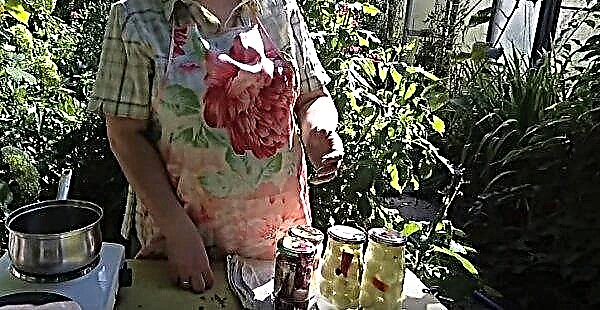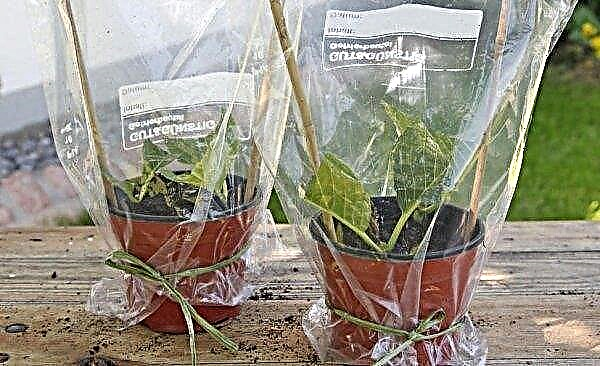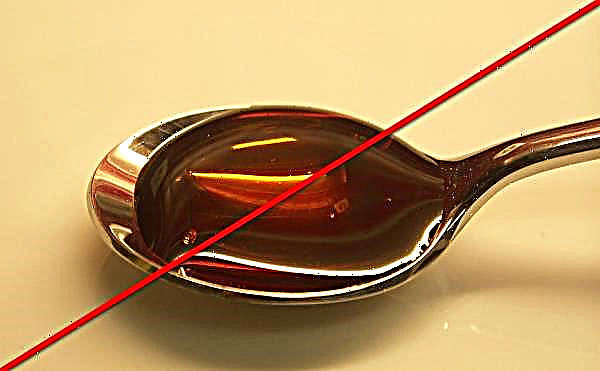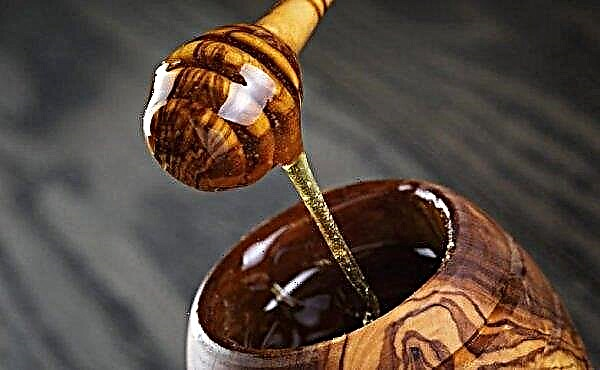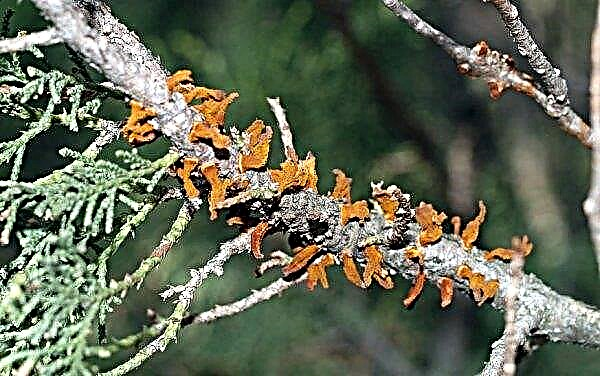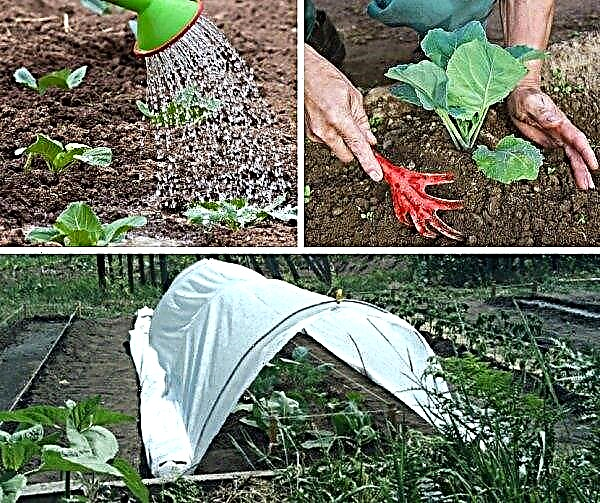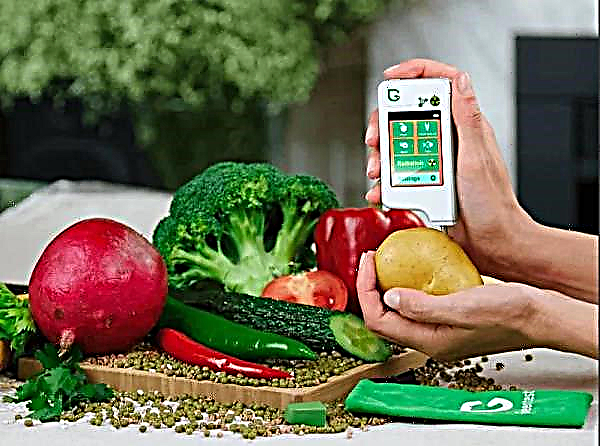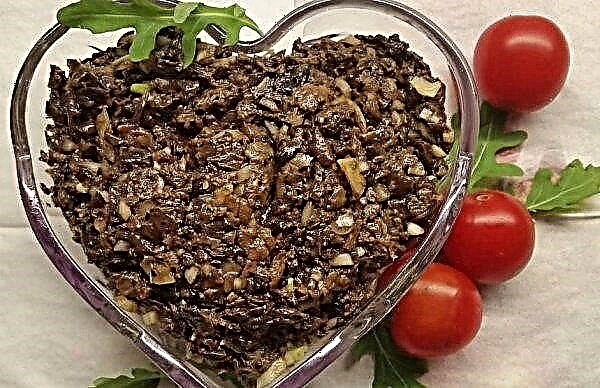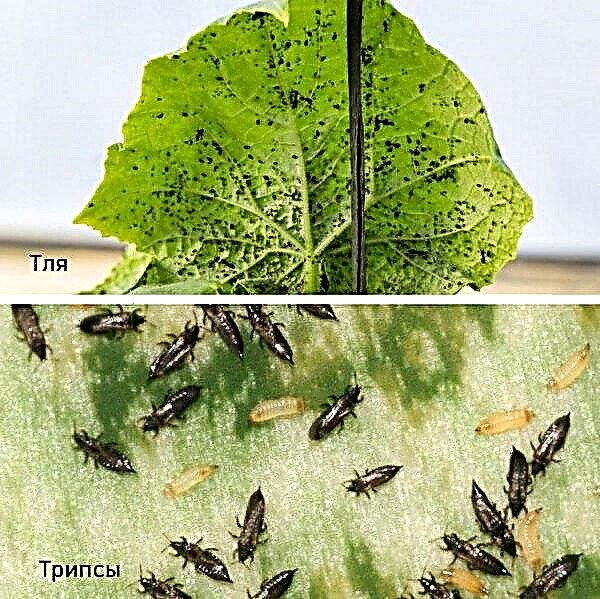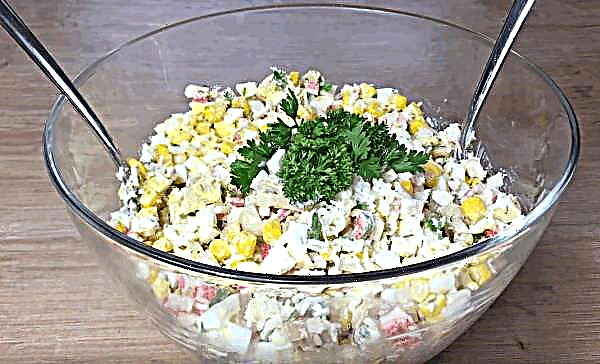The red-headed type of cabbage in all kinds of dishes looks quite bright and attractive, which is why every year more and more housewives forget the white variety and switch to a more exotic variety of vegetables. However, few people know that the culture is ideal for pickling a hearty snack for the winter. The article lists the most popular recipes for the preparation of red and purple cabbage hybrids, as well as details on how to deliciously preserve a vegetable, with a step-by-step description and photo.
Ingredient preparation
Pickled cabbage in a jar is considered a win-win option for most housewives. This method of preservation has many advantages than a more traditional pickled vegetable, and also makes it possible to harvest heads of cabbage along with apples, beets, bell peppers, tomatoes, onions, etc. In addition, thorough sterilization makes it possible to store a winter product throughout the year .
Appetizingly crunching and sharing an abundance of tastes in the autumn and winter, the most thorough help for pickled cabbage is the careful preparation of all the ingredients. It begins at the stage of selection of vegetables, long before the main stages of preparation. The choice of the right heads is approached with all severity.
 For cooking, one of the various varieties of red (colored) cabbage is selected, characterized by lilac, red or slightly blue.
For cooking, one of the various varieties of red (colored) cabbage is selected, characterized by lilac, red or slightly blue.
Their taste characteristics are almost the same, so the choice should be on the variety whose color scheme will be best combined with other ingredients in a winter salad.
In order to prepare the workpiece in a quality manner and in accordance with all the rules, you should choose only fully ripe vegetables. It is not difficult to select a good head of cabbage for a dish: it should be large, elastic and keep its shape when squeezed. Best for this is a home-grown vegetable grown without any chemical means of protection, but it is also advisable to use purchased heads of cabbage, purchased only in specialized stores.
Important! You can marinate only mid-ripening or late varieties of cabbage. Early dishes do not have the necessary aroma and taste, and their shelf life does not exceed several months.
When choosing cabbage, be sure to pay attention to the condition of the leaves. They should be tight and have a hard time detaching. It is worth abandoning heads of cabbage with traces of pest damage or putrefactive foci. Often, such fruits acquire bitterness or an uncharacteristic aftertaste that distorts the final taste of the spins.
The following is a pre-training procedure. The fruits must be thoroughly cleaned of soil residues under running cold water, and then dried at room temperature. After that, several upper layers of leaves are cut from heads of cabbage and the stump is removed. At the very end, each piece of head should be carefully chopped with small strips, or into a square piece.

The main problem of all pickled dishes is a rather rough structure, which is most often observed when harvesting cabbage heads. Therefore, the main ingredient must be slightly softened: for this, chopped leaves need to be ground with a small handful of salt.
If you are afraid to salt the dish, you can replace the procedure by scalding the chopped vegetable in boiling water for 15 minutes. After this, the dish will be distinguished by special tenderness, but at the same time it will look bright and crunch appetizingly - as they say, you will lick your fingers.
Recipes for harvesting red cabbage for the winter
Today, red cabbage dishes are not only popular, but are also an integral part of an almost daily diet. This is especially pronounced during the period of mass fruit collection, when fermenting or pickling vegetables is important for their long-term storage. Below we consider the most successful ways of harvesting heads of cabbage, and also describe the main conditions for their simple but tasty pickling.
Classic, with cans of vinegar

2 l3 hours
red cabbage
2 kg
black pepper (peas)
3 pcs.
Nutritional value per 100 g:
- Lightly salt the cabbage and let it marinate at room temperature for 2 hours. During this time, the vegetable should decently soak in salt.
- Add spices to the vegetable and mix well.
- Place the cabbage and spices in glass jars.
- Heat the water to a boil, and then combine with the remaining salt, sugar and vinegar.
- Pour the marinade over the vegetable, roll up the lid, and then sterilize for about 30 minutes. After the jars have cooled down, the dish can be consumed - the vegetable will turn out to be aromatic, and will also acquire a moderately sweet taste and a particularly delicate structure.

Important! It is forbidden to freeze cabbage - this will negatively affect its taste and aroma, and also turn the leaves of fresh head of cabbage into a homogeneous mass.
Spicy Beetroot

2 l60 minutes
red cabbage
1 kg
table vinegar (9%)
70 ml
black pepper and allspice (peas)
3-4 pcs.
Nutritional value per 100 g:
- Grate root vegetables on a medium grater, chop the garlic into strips, and then combine with chopped cabbage. If you want to make the dish more harmonious, instead of straws, you should grind the heads into a small cube.
- Thoroughly mix the vegetables with each other, and then fill the mixture with glass jars (1-3 l).
- In a separate container, mix water with salt and sugar, and then bring the liquid to a boil over low heat.
- Remove the mixture from the heat, then add vinegar, oil, a spoonful of hot pepper and peppercorns to it.
- Cool the marinade lightly (to about + 80 ° C), and then fill it with vegetables. This must be done in order not to harm the structure of the fruit.
- Roll up the cans with metal lids or close with plastic ones, and then put them in a dark place. Salting should be prepared for at least 3 days.

Marinated slices, instant

3 l40 minutes
red cabbage
2 kg
black pepper and allspice (peas)
7-8 pcs.
table vinegar (9%)
4 tbsp. l
Nutritional value per 100 g:
- Stir chopped cabbage and chopped garlic into thin rings.
- Remember the vegetables by hand and mix thoroughly.
- Combine water, salt, sugar and spices, and then bring the mixture to a boil.
- Add vinegar to the hot liquid, and then boil everything for 3-5 minutes.
- While the marinade is boiling, fill the sterile jar with the vegetable mixture.
- Pour boiling liquid over everything and then close the lid.
- Place the jar in a dark place at room temperature. The final product becomes pickled within 1-2 days.

Storage Features
Pickling is considered the best way to store food for long periods., which allows you to stock up on vegetables for the future for the entire cold season. However, even today many housewives do not know how many such spins can keep their freshness. According to generally accepted standards, with the exact observance of the entire cooking process, a pickled dish can be stored for at least 12 months.
Did you know? Red cabbage varieties are considered more useful than white cabbage. They contain twice as much vitamin C, as well as an increased concentration of trace elements and other important substances.
However, for this, the twists should be stored in a cool and dark place, away from direct sunlight. It is best to put cans in a cellar, vegetable store or basement, at a temperature not exceeding + 15 ° C. In such conditions, with moderate humidity, they are able to maintain their freshness for 2-3 years.
Pickled red cabbage is a great alternative to long-bored white varieties. Such a vegetable is no less aromatic, while it makes it possible to get a particularly bright dish that can please not only the stomach, but also the eye. Use the recipes listed above, and your pickles will be worthy of the best review.

